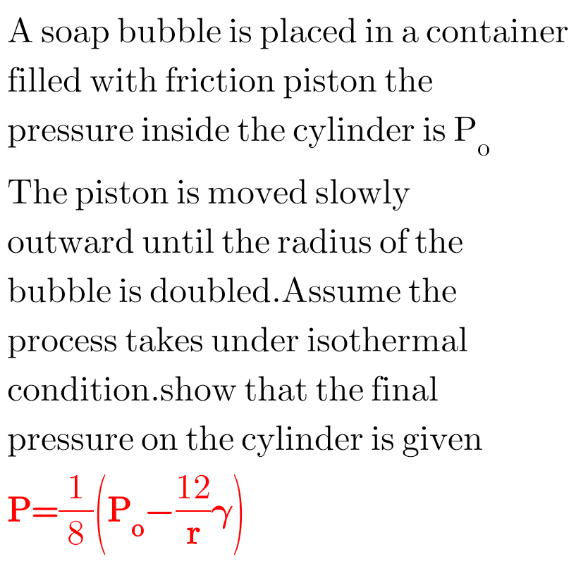
AllQuestion and Answers: Page 635
Question Number 155628 Answers: 1 Comments: 0

Question Number 155625 Answers: 2 Comments: 0
Question Number 155621 Answers: 1 Comments: 0

Question Number 155620 Answers: 1 Comments: 0
Question Number 155619 Answers: 1 Comments: 0
Question Number 155618 Answers: 0 Comments: 0
Question Number 155604 Answers: 1 Comments: 0

Question Number 155594 Answers: 1 Comments: 0

Question Number 155586 Answers: 1 Comments: 0
Question Number 155585 Answers: 0 Comments: 0
Question Number 155583 Answers: 2 Comments: 0

Question Number 155576 Answers: 7 Comments: 3
Question Number 155574 Answers: 1 Comments: 0
Question Number 155573 Answers: 0 Comments: 1

Question Number 155572 Answers: 2 Comments: 0
Question Number 155571 Answers: 2 Comments: 0
Question Number 155568 Answers: 2 Comments: 0
Question Number 155562 Answers: 1 Comments: 2

Question Number 155561 Answers: 1 Comments: 0

Question Number 155560 Answers: 0 Comments: 0

Question Number 155553 Answers: 0 Comments: 0
Question Number 155547 Answers: 1 Comments: 0
Question Number 155545 Answers: 1 Comments: 6
Question Number 155542 Answers: 1 Comments: 4
Question Number 155541 Answers: 0 Comments: 0
Question Number 155540 Answers: 1 Comments: 0
Pg 630 Pg 631 Pg 632 Pg 633 Pg 634 Pg 635 Pg 636 Pg 637 Pg 638 Pg 639
